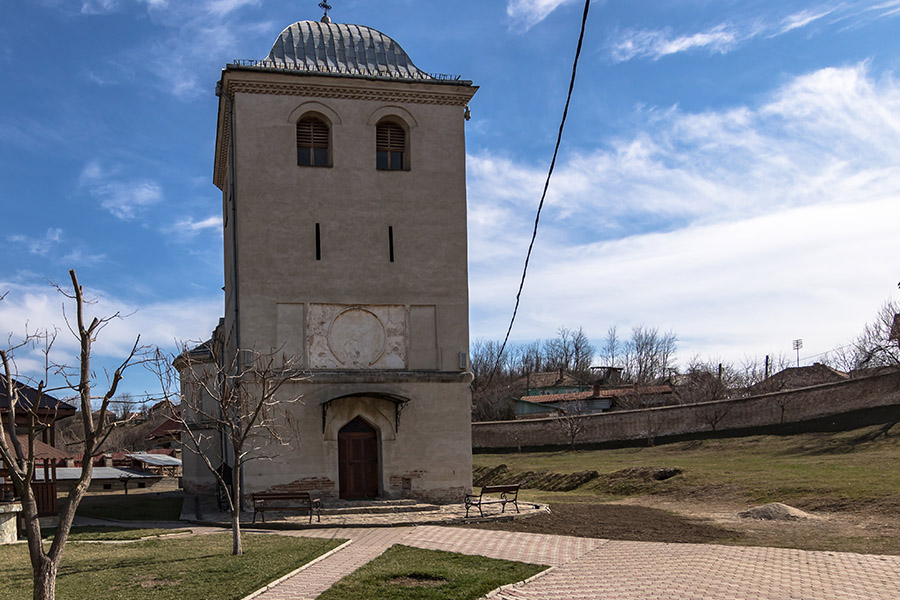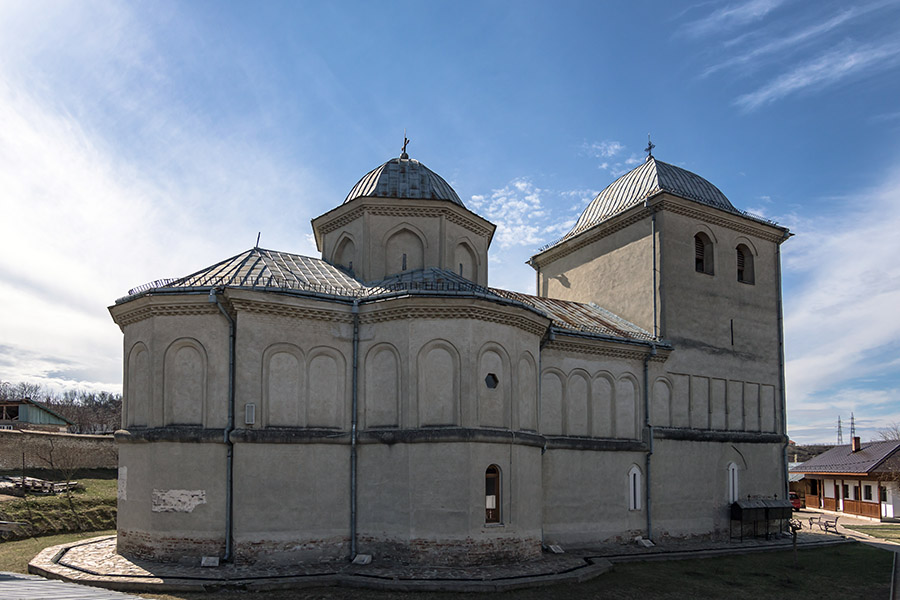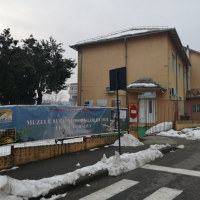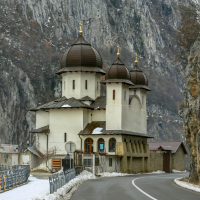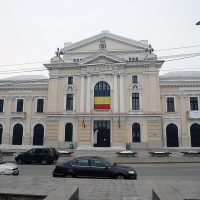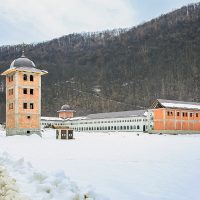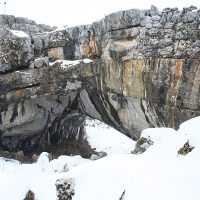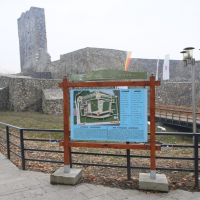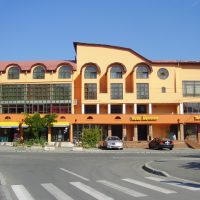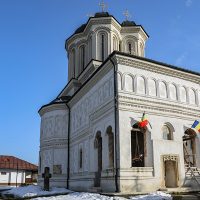








For a long time throughout history, the village of Cerneţi was a cause of misunderstanding; the Buzesti boyars (and not only), the Govora and Tismana monasteries and, later, Cozia claimed their right to the village. While the abbotts and the boyars sought justice from the ruler of Craiova, the ruler Mihnea Voda (1658-1659) started the founding of a monastery in Cerneţi. The work was continued at the expense of Grigore Ghica (1660-1664), being completed before November 9, 1662. In 1663, the Cerneţi monastery was dedicated to the Tismana monastery. During the reign of Serban Cantacuzino (1678-1688) and Constantin Brâncoveanu (1688-1714), the monasteries Tismana (with the Cerneţi monastery as subordinate), Govora and Cozia tried to acquire the Cerneţi estate and village. Although on October 22, 1702, the dispute between the three monasteries ended, reaching an agreement, the Cerneţi monastery will not rest, mainly due to Tismana’s demands to collect all the income obtained from the Mehedinti monastery. Thus, on May 25, 1714, the ruler Ştefan Cantacuzino (1714-1716) allowed the abbotto of Tismana to “remove priest Stoica from the royal church in Cerneţi” because he had not fulfilled his financial obligations. On April 18, 1716, the bishop Damaschin of Ramnicu asked the Cerneţi monastery to pay its dues, the priests being threatened with the exclusion. The opposition continued throughout the eighteenth century. On this occasion, on June 13, 1752, the great ruler Barbu Văcărescu, was conducting a thorough research on the Balta Verde and Batoţi estates of the Cerneţi monastery. This is the last time a reference is made to the monastic settlement in Cerneţi, after this date we will only talk about the church in Cerneţi. The main cause of the abolition of the monastic settlement was the lack of a secure fortune that would allow it to survive. The church was rebuilt in the period 1784-1794. In 2005 the settlement was re-established as a monastery for nuns. In 2007 work began on the construction of the annexed buildings.
Download PDF